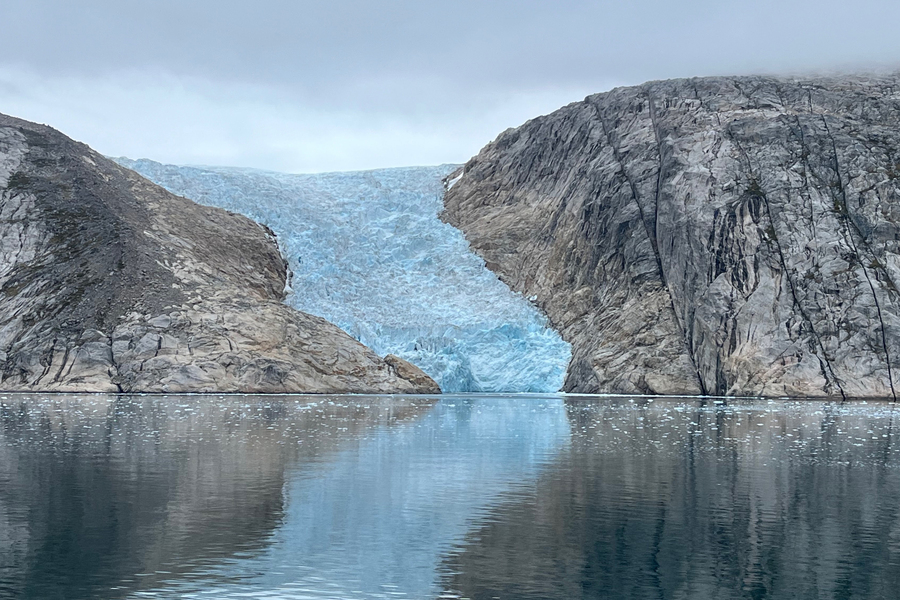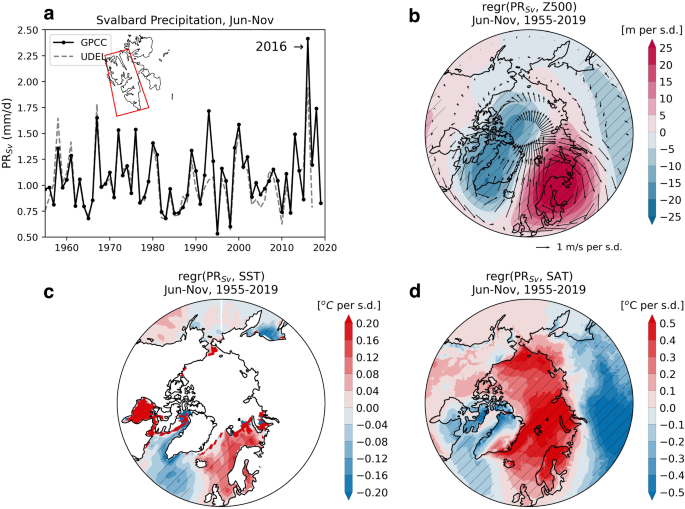2024-05-30 マサチューセッツ工科大学(MIT)

A glacier flows into a fjord in the southwest coast of Greenland.
Photo: Meghana Ranganathan
◆現在、MIT の科学者による研究により、氷の微細な変形に基づいて氷河の流れに関する新たな図が提示されています。その結果、氷河の流れは微細な欠陥が氷の中でどのように移動するかに大きく左右されることが示されました。
◆研究者たちは、氷がある種の微細な欠陥を起こしやすいか、それとも別の種類の欠陥を起こしやすいかに基づいて、氷河の流れを推定できることを発見した。彼らは、ミクロスケールとマクロスケールの変形の関係を利用して、氷河の流れの新しいモデルを開発した。この新しいモデルを使用して、南極氷床の各地の氷の流れを地図に描いた。
◆従来の常識に反して、氷床は一枚岩ではなく、温暖化によるストレスに応じて、その場所や流れ方が多様であることがわかった。この研究は「海洋氷床が不安定になり、海面上昇の急速な速度を引き起こす可能性のある気候条件を劇的に変化させる」と研究者らは論文に記している。
<関連情報>
- https://news.mit.edu/2024/microscopic-defects-ice-influence-how-massive-glaciers-flow-0530
- https://www.pnas.org/doi/10.1073/pnas.2309788121
自然の氷河の氷に対する修正粘性流則: 実験室から氷床へのスケーリング A modified viscous flow law for natural glacier ice: Scaling from laboratories to ice sheets
Meghana Ranganathan and Brent Minchew
Proceedings of the National Academy of Sciences Published:May 30, 2024
DOI:https://doi.org/10.1073/pnas.2309788121
Significance
The rate of ice flow is a primary control on the rate of mass loss from ice sheets and glaciers. Therefore, the model representation for ice flow is critical to projections of future ice sheet and sea-level change. However, the viscous flow law used in ice sheet models does not fully capture the physical mechanisms and the spatial and temporal variations in ice deformation. We present a framework for calculating the ice-viscosity parameters from ice flow conditions, such as stress, ice temperature, and ice crystal size. This framework allows for modeling variations in ice flow in space and time and can be readily incorporated into ice sheet models to improve representation of ice flow and estimates of future sea-level rise.
Abstract
Glacier flow modulates sea level and is governed largely by the viscous deformation of ice. Multiple molecular-scale mechanisms facilitate viscous deformation, but it remains unclear how each contributes to glacier-scale deformation. Here, we present a model of ice deformation that bridges laboratory and glacier scales, unifies existing estimates of the viscous parameters, and provides a framework for estimating the parameters from observations and incorporating flow laws derived from laboratory observations into glacier-flow models. Our results yield a map of the dominant deformation mechanisms in the Antarctic Ice Sheet, showing that, contrary to long-standing assumptions, dislocation creep, characterized by a value of the stress exponent=4, likely dominates in all fast-flowing areas. This increase from the canonical value of =3 dramatically alters the climate conditions under which marine ice sheets may become unstable and drive rapid rates of sea-level rise.



